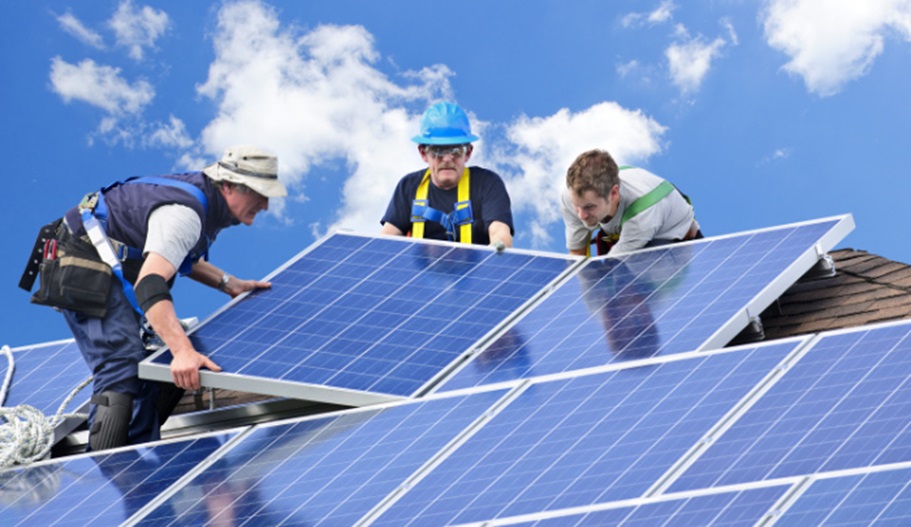Each homeowner has their unique reasons for installing solar panels, often aiming to reduce or eliminate their utility bills. Expert solar array designers can make this a reality, with many homeowners seeing financial benefits within just a few months. There are several reasons to add solar panels to an existing system. For instance, increased energy consumption due to electric vehicle chargers and batteries, or a desire to reduce utility bills, might prompt an expansion.
Factors to Consider When Adding Solar Panels to Your Existing System
When thinking about enhancing your energy production, each homeowner will face different situations and needs. Here are some key factors to consider when adding solar panels:
Current Energy Usage and Needs
This is the first and most important factor. The number of solar panels you’ll need depends on several elements, such as your utility bills after going solar, your location, the equipment you use, and your system’s design. By examining your previous energy bills, your solar installer can determine what system upgrades are necessary.
Available Roof Space
Adding solar panels can be challenging if there’s limited roof space. Panels need to be placed where they will receive plenty of sunlight, at the right angle (between 35 and 45 degrees), and ideally facing south to make the addition effective.
Panel Compatibility
Installers generally try to match the new panels with the existing ones in your array to ensure uniformity in appearance and output. If identical panels aren’t available, a good alternative is to install panels that are similar in output, color, and type.
Type of Inverters Used
Most residential solar installations use micro inverters, one for each panel, making it easy to add new panels without capacity issues. If you have a central inverter, like a String Inverter, it might handle higher capacities when adding panels. Adding another inverter can help manage the increased output.
Energy Storage Systems
Solar panels can produce excess power, which, when paired with solar batteries, can be stored for use during nighttime, off-peak hours, or emergencies. Many homeowners install solar panels to charge batteries, which helps reduce utility bills and grid dependency when there’s no sunlight.
System Ownership
If you’re considering expanding your solar system, think about how you plan to finance it. Owning your solar panels allows for easy expansion and full access to incentives. If you’re leasing, the process might be different. Contact your solar provider for more information.
This post was written by Daniel Massaad, owner and expert solar technician at Energy Solutions Direct! ESD is the best choice for Tampa FL solar panels! Our licensed and certified contractors are masters of their craft; with years of experience servicing the great Tampa Bay area and beyond, the choice is simple. ESD excels at offering you the best in solar value!

